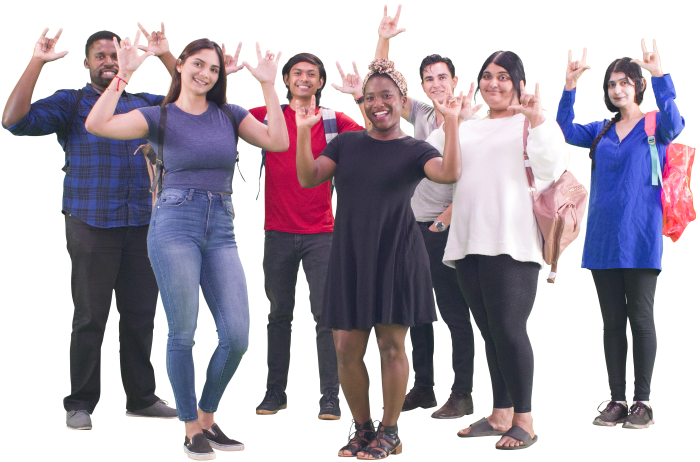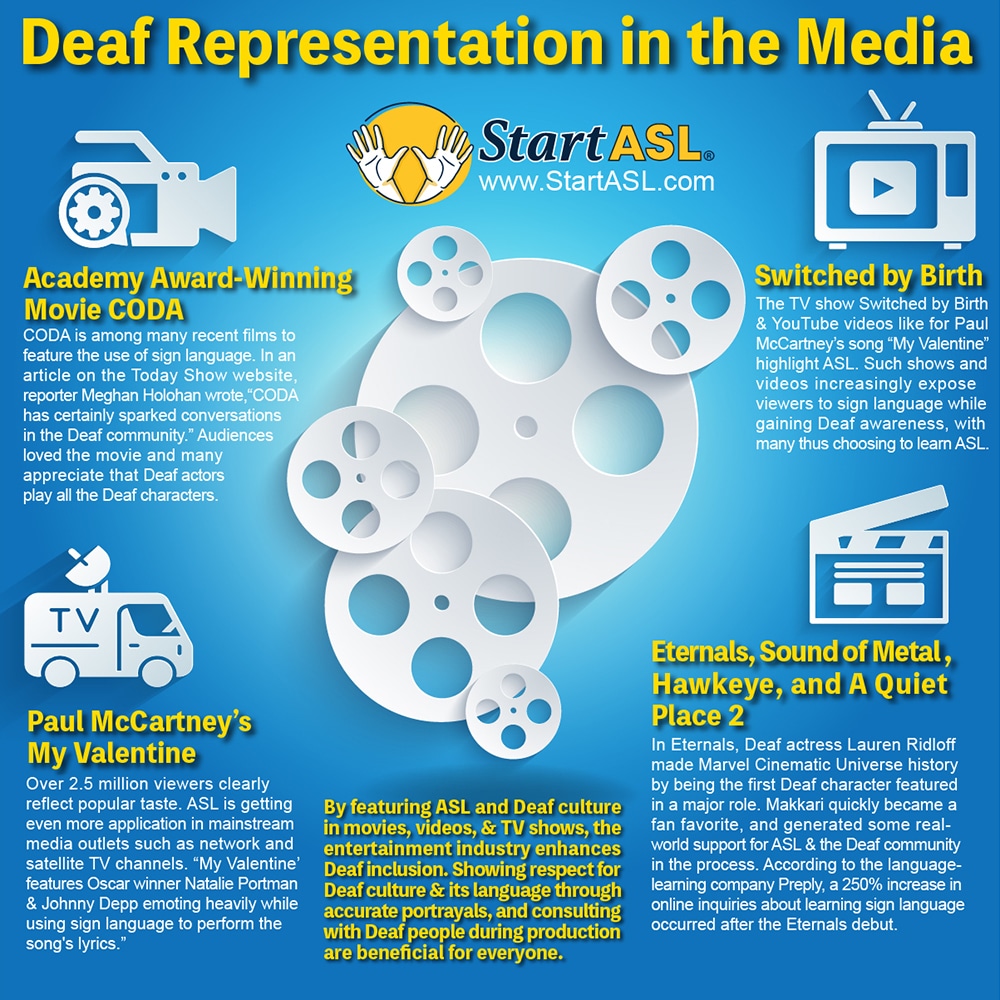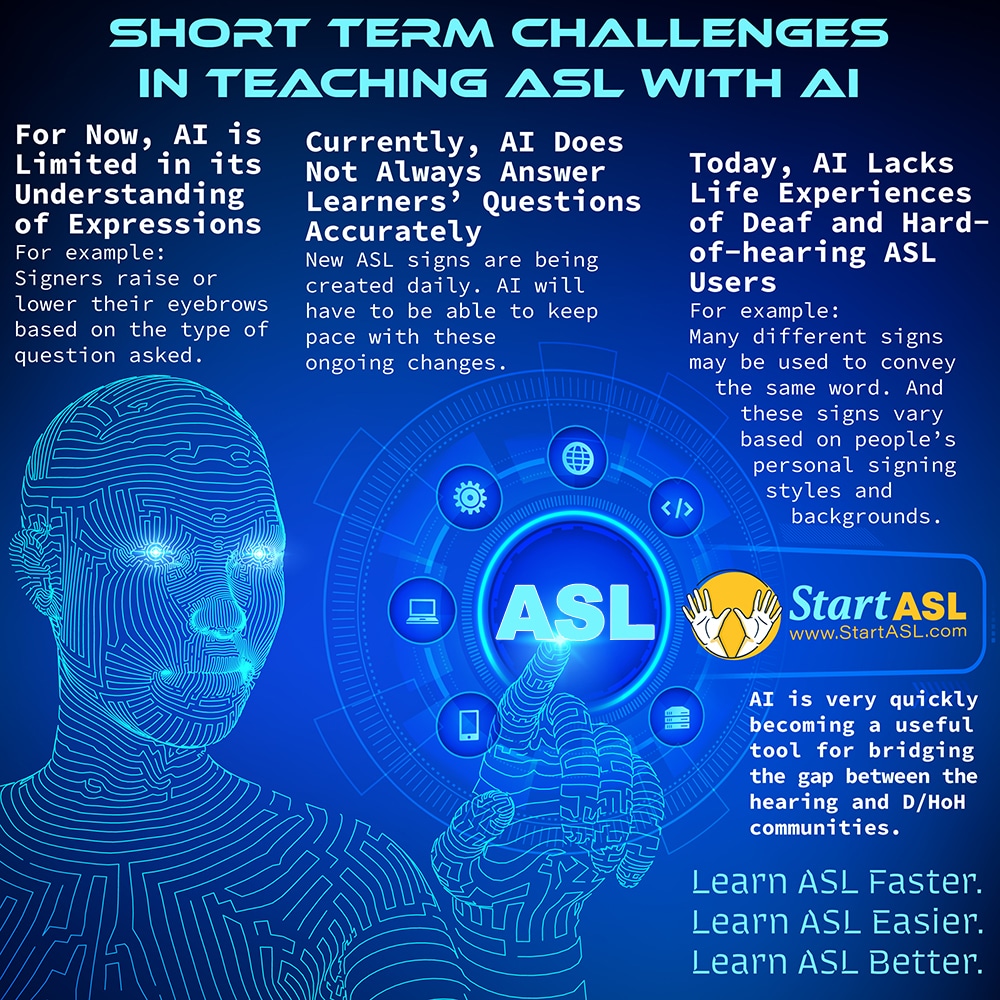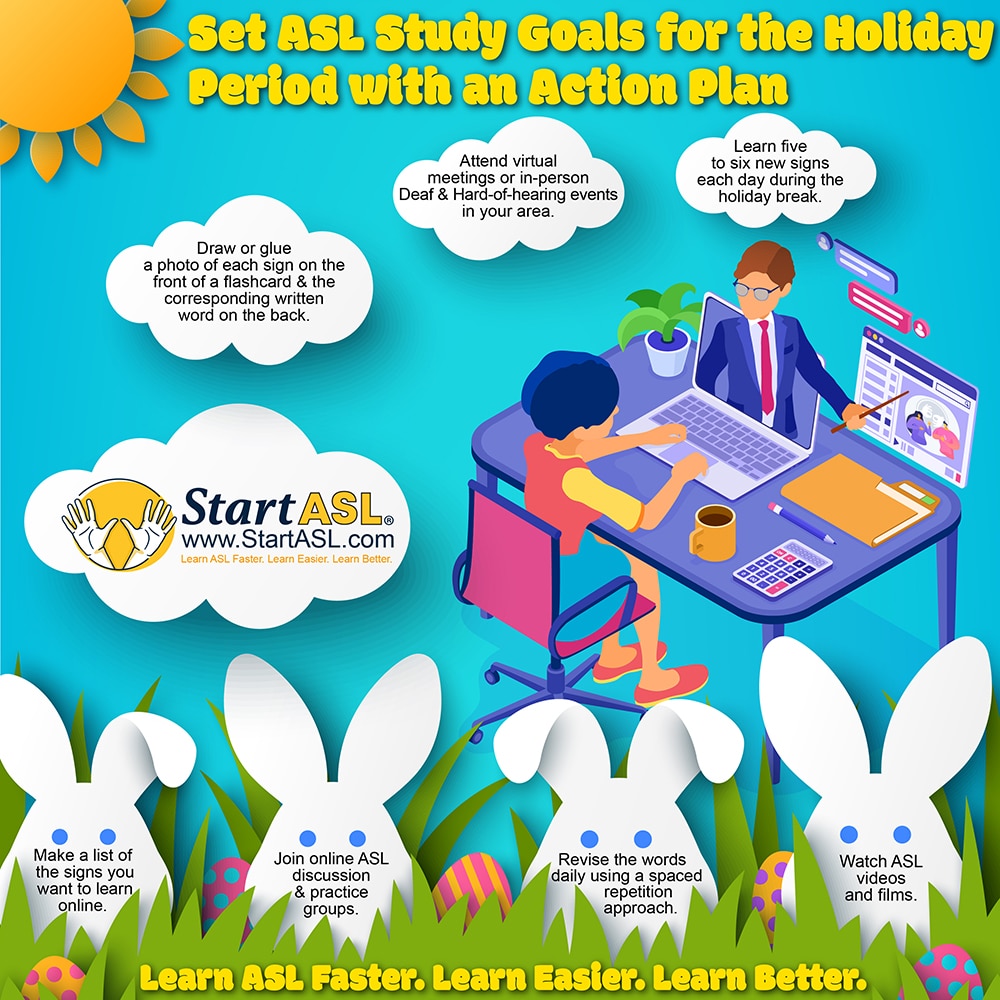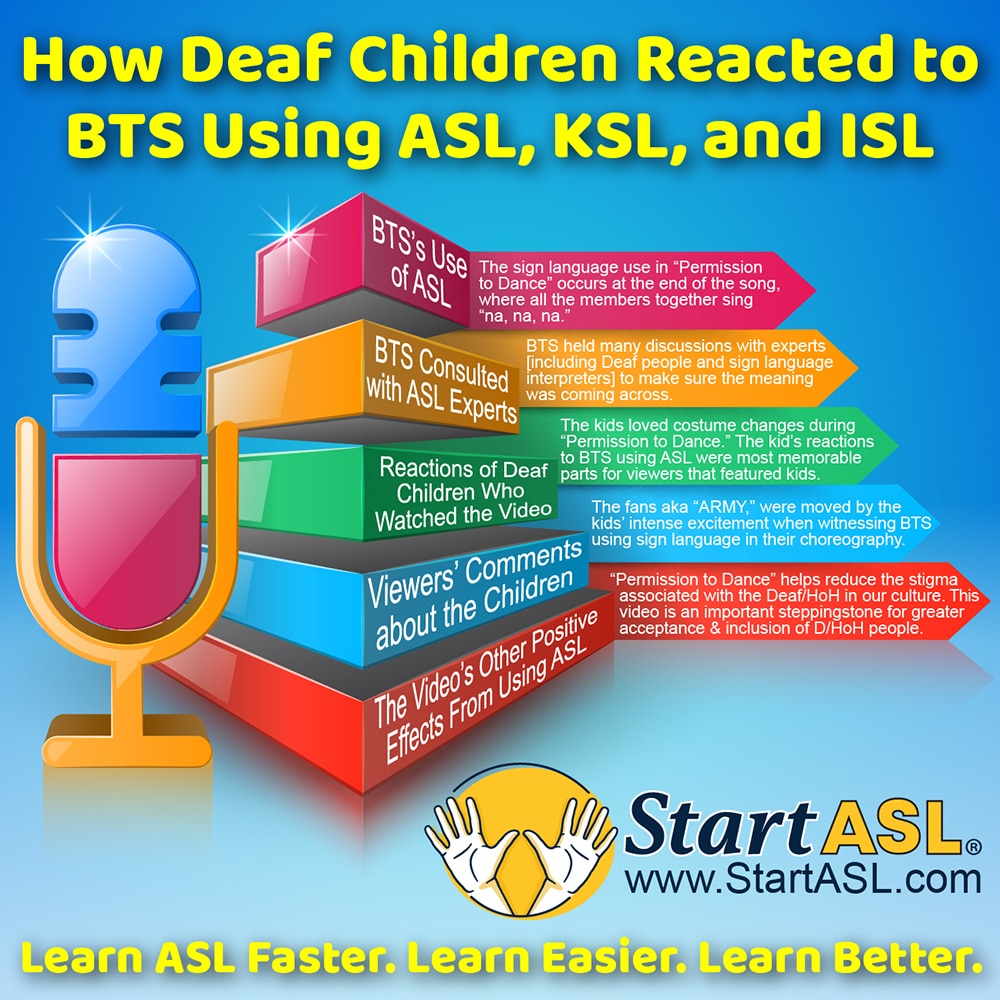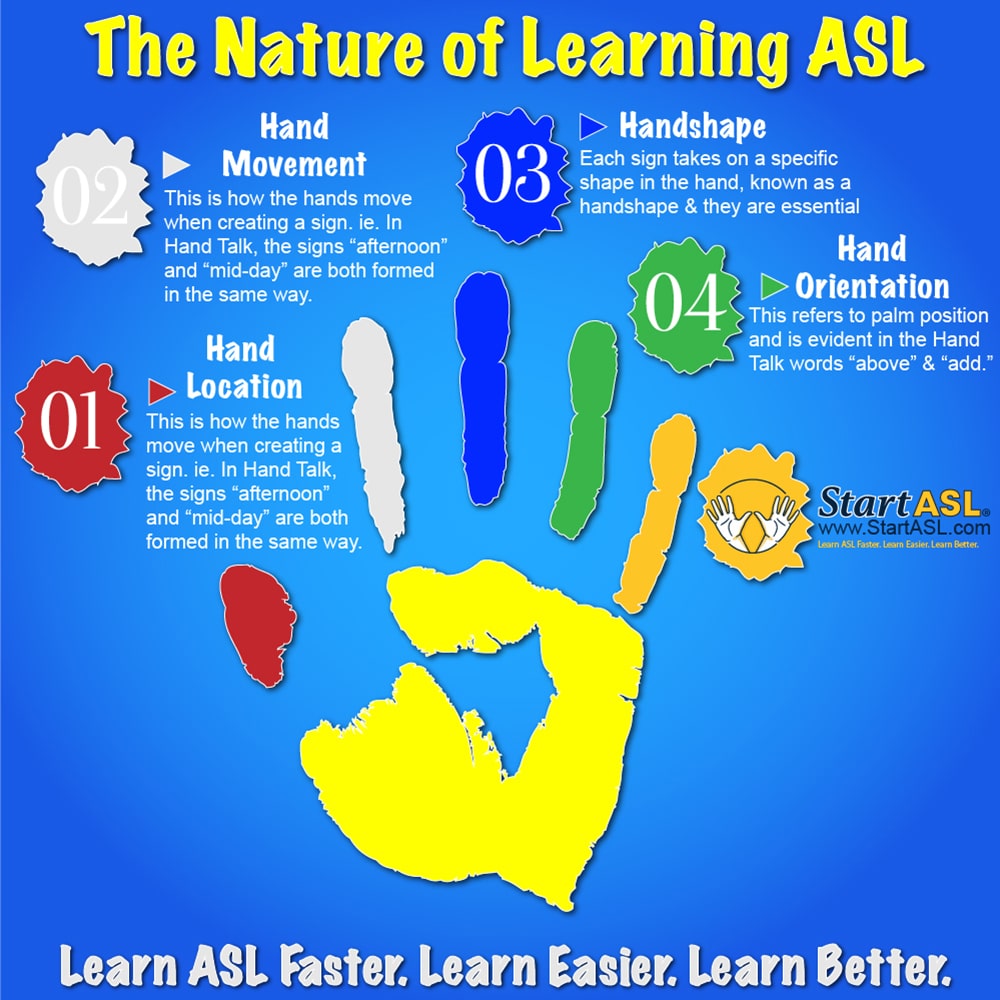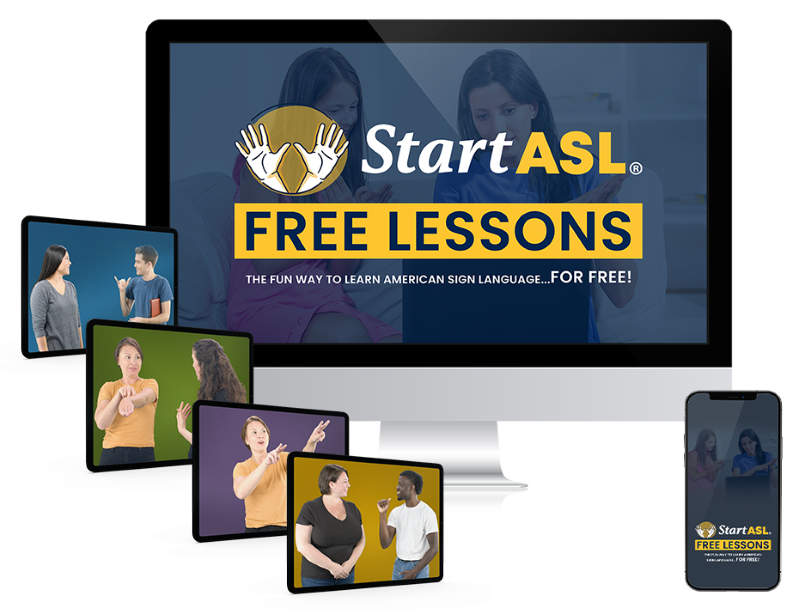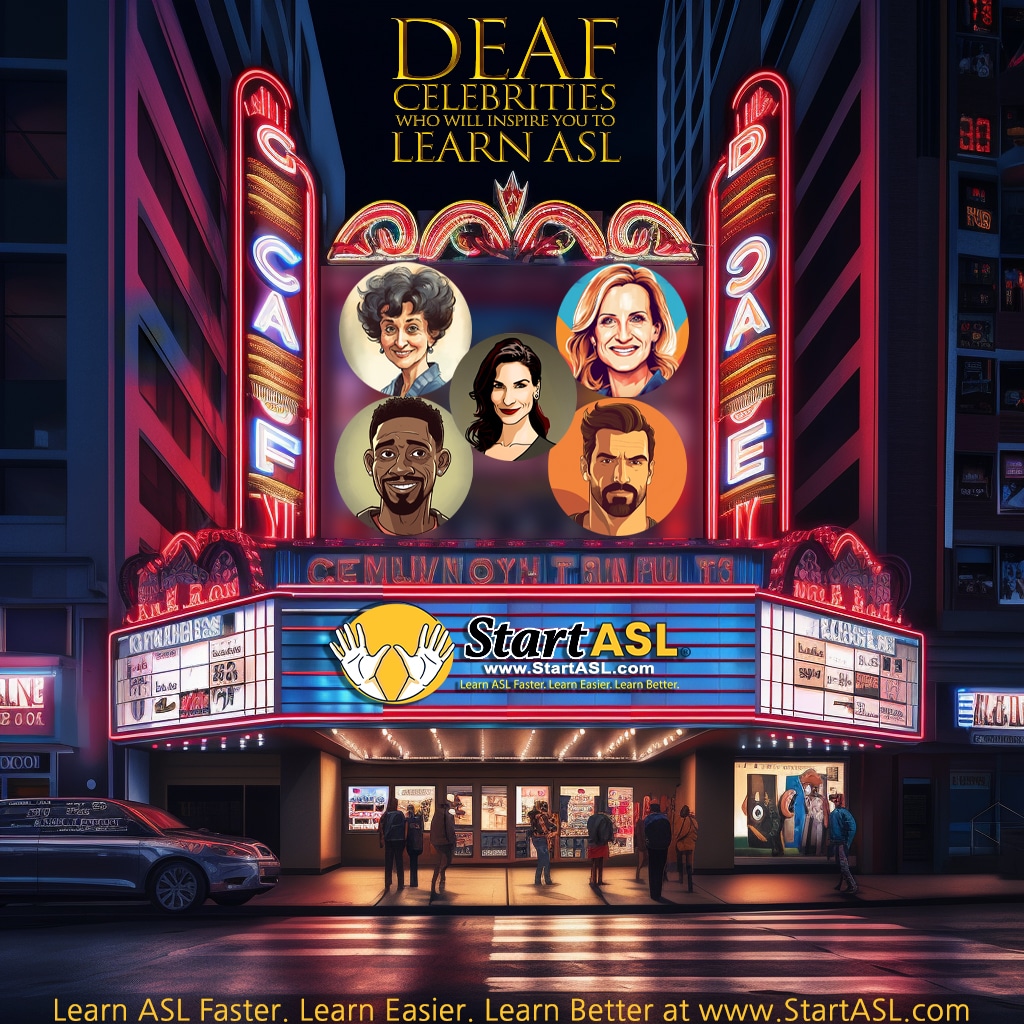
Learning Sign Language: ASL 4 – Unit 1 Sample
- by Start ASL
In this unit sample as you are learning sign language, you will learn how to sign facts and myths.
Facts and Myths in ASL
In ASL 3, you learned the basics of giving information and presenting facts. This presentation includes more in-depth structures for presenting facts and myths.
When presenting facts:
- To share a simple fact: State the topic, ask a rhetorical question, then explain. This is the simplest type of fact to sign and only utilized the rhetorical question structure. For example, for the fact, “Dolphins have 2 stomachs – one for food storage and one for digestion.” You might sign: DOLPHINS HAVE TWO STOMACHS WHY? ONE FOOD STORAGE OTHER DIGESTION.
- To share a whole/part fact: You can use fractions, percentages, or ratios. You can see the fraction structure used in Fact #4, percentage structure used in Fact #2, and ratio structure used in Fact #3.
- To share a “top list” fact: You would use listing or ranking on your non-dominant hand. You can see this structure used in Fact #5.
- To share a comparison fact: You would use contrastive structure as discussed in ASL 3, share the topic, and ask a rhetorical question. You can see this structure used in Fact #1.
When presenting myths:
When sharing a myth, you can really use any ASL structure that you think might work best for your myth. Here are some basic options:
- You can ask a rhetorical question. You can fingerspell “myth” (there is no sign for MYTH) or use one of the phrases “NOT TRUE STORY,” “FAKE STORY,” or “INVENT STORY” instead. You can see this structure used in Myth #1, #2, and #4.
- You can use Topic + Comment structure. You can see this structure used in Myth #5.
-
You can use Contrastive Structure. You can see this structure used in Myth #3.
Facts and Myths Presentation
In the presentation below, you will see 10 of the most common facts and myths related to ASL and Deaf people.
Take Our Free ASL 1 Course
This unit is just a sample of our complete course where you can learn American Sign Language quickly and easily. Enroll in our Free ASL 1 Course today!

